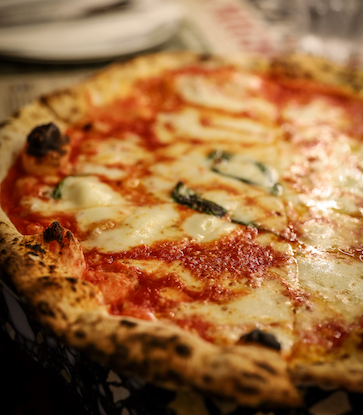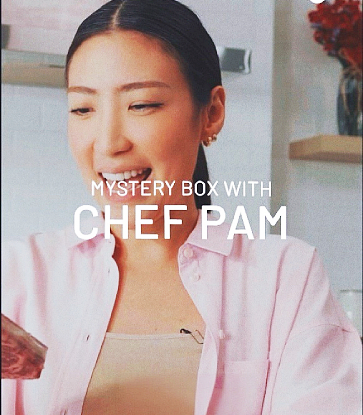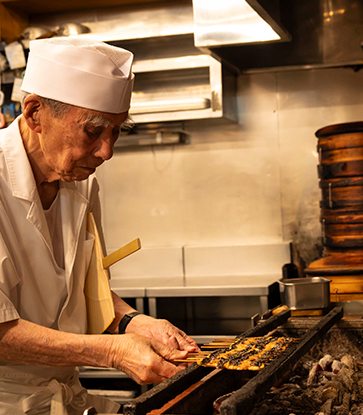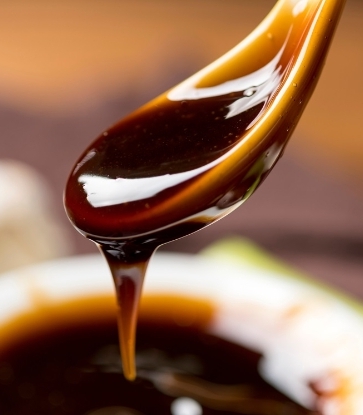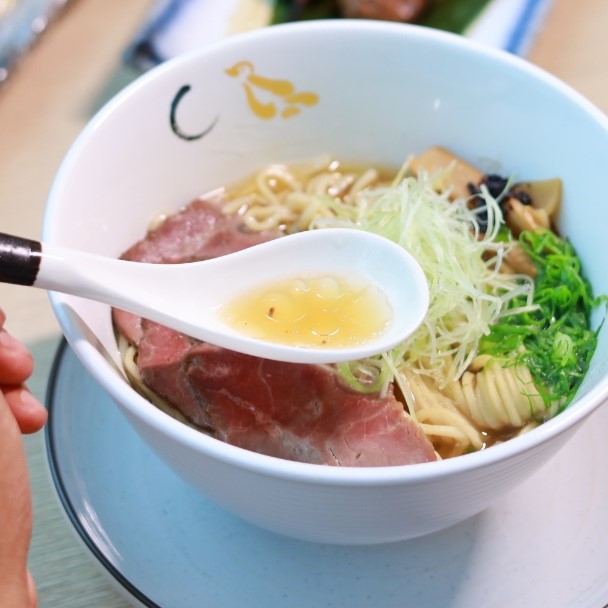Autumn is the season when we long for warmth — on the table and in the heart. As a cool breeze brushes against the crimson and gold leaves drifting beyond the stone walls of Gyeongbokgung Palace, the view from Onjium’s windows resembles a tranquil ink-and-wash painting. At this MICHELIN-Starred restaurant, the tofu hotpot captures the richness and quiet grace of the season in a single bowl.
Park Sung Bae, researcher and one of the two chefs at Onjium, explains, “Autumn cuisine is completed by ingredients imbued with the energy of the earth. The aroma of mushrooms and the subtle sweetness of root vegetables best represent the taste of this season.” He adds that the dish embodies the wisdom of “autumn preparing for winter.” Like jangajji (soy-pickled vegetables), jeotgal (salted seafood), or meju (blocks of fermented soybeans used to make soy bean paste and soy sauce), ingredients that mature slowly over time, Onjium finds inspiration in the beauty of patience and preservation.
Tofu hotpot was once a cherished dish served at royal and aristocratic tables during the Joseon Kingdom (1392-1910). From the delicate process of pressing tofu by hand to simmering the broth, every step requires care and precision. “Sometimes the most traditional things feel the most modern,” says Park.
For him, maintaining an 80-to-20 balance between tradition and modernity allows these historical flavors to resonate with today’s diners. Through the humble ingredient of tofu, he conveys both the aesthetics of the Joseon era and the sensibility of the season — honoring heritage while creating harmony for contemporary palates.
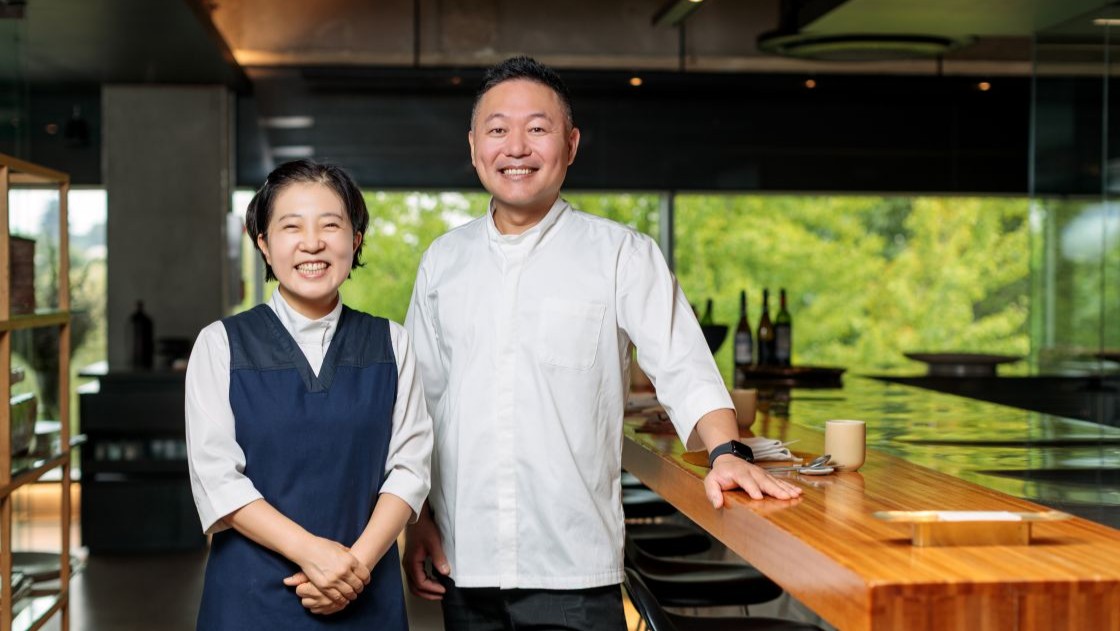
“Tofu has long been a beloved part of Korean culinary culture,” he continues. “Its soft yet firm texture, its rich plant-based protein, and its familiarity make it approachable for everyone. The true meaning of cooking lies in yeomindongnak — sharing joy with others.”
Onjium’s tofu hotpot was designed for such moments of togetherness. As the warm broth bubbles between friends or family, smiles naturally appear across the table. “In today’s individualistic food culture, I believe genuine happiness is found in sharing a meal,” he says.
On an autumn evening, the simple act of serving this hotpot for someone you care about conveys that very warmth. “Tofu is my soul food. There’s a quiet elegance and a gentle comfort in its flavor.”
Park believes the key to mastering tofu lies in understanding its texture and source.
“The texture and use of tofu vary by type — softer tofu pairs well with pan-fried dishes, while firmer tofu is better suited for recipes that simmer for a long time, such as stews,” says Park. “But the most important thing is choosing good tofu. I recommend tofu made from homegrown soybeans with a deep, nutty flavor. The better the soybeans, the more the tofu’s true taste shines — even in simple dishes, you can feel real depth.”

Tofu hotpot recipe
by Chefs Cho Eun-hee and Park Sung BaeIngredients
- 1 block of tofu
- 150g oyster mushrooms
- 150g fresh shiitake mushrooms
- 100g minari (water dropwort)
- 150g whole doraji (bellflower root)
- 200g bean sprouts
- 4 eggs
Garnish
- A few black tree-ear mushrooms (seogi)
- A pinch of red pepper threads
- 8 walnuts
- 10 ginkgo nuts
Broth
- 1 whole chicken
- 500g beef brisket
- 2 pieces kelp (dashima)
- 20g dried doraji
- 3 liters water
Seasoning
- Salt
- Soy sauce
- Minced green onion
- Minced garlic
- Green onion and garlic for infusing broth
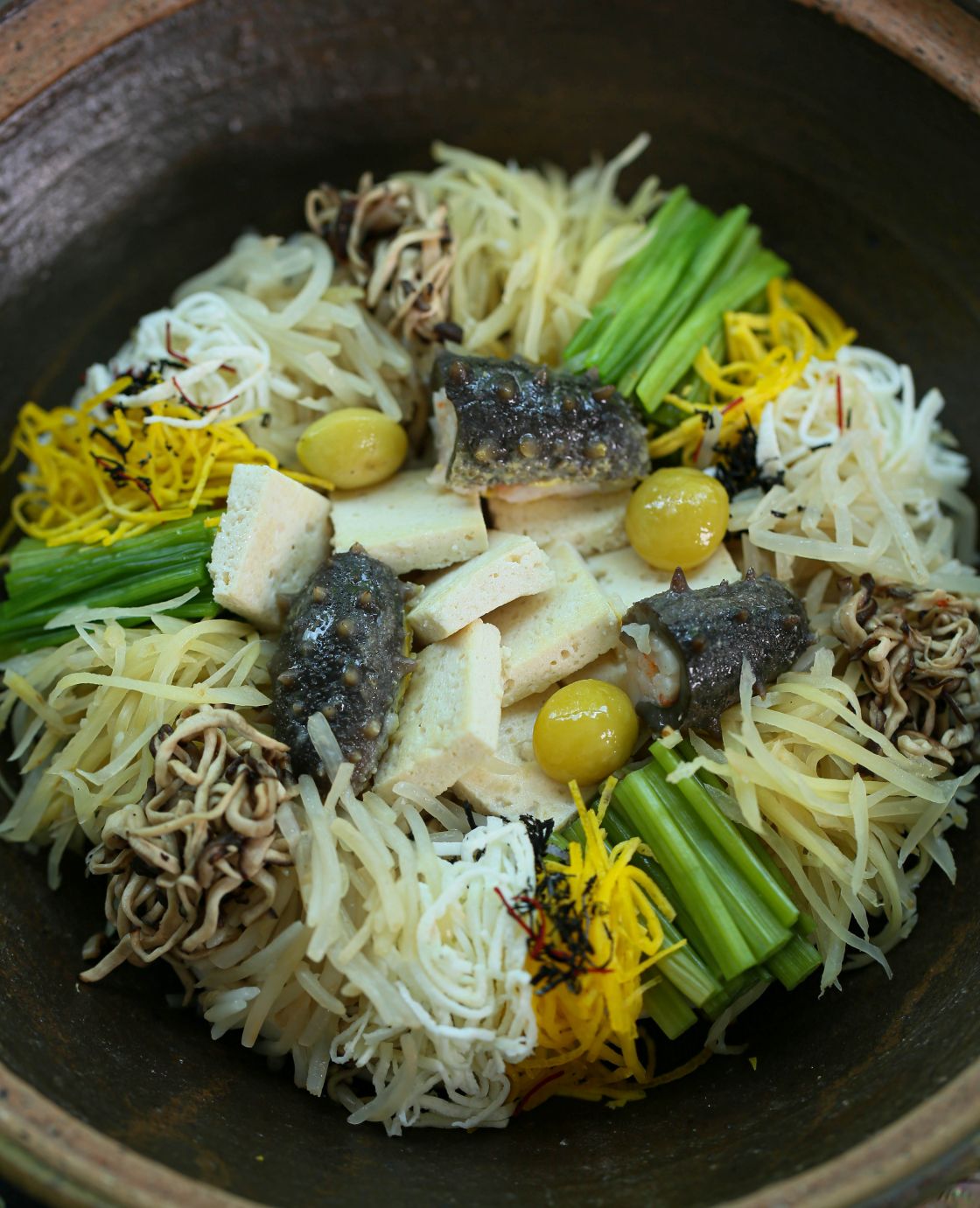
Method
- Cut the tofu into small cubes, season lightly with salt, and pan-sear gently until firm and lightly golden.
- Tear the oyster mushrooms into thin strips, sprinkle lightly with salt, let stand briefly, then squeeze out excess moisture. Steam lightly over boiling water until tender.
- Julienne the fresh shiitake mushrooms and cook slowly in a dry pan over low heat. When softened, season with salt and finish with a touch of perilla oil.
- Trim and blanch the minari briefly in boiling water. Cut into 3-cm (1-inch) lengths.
- Slice the whole doraji diagonally, then into thin strips. Stir-fry lightly with minced green onion and garlic, season with salt, and cook until tender and pale.
- Remove both heads and tails from the bean sprouts, then blanch quickly in boiling water. Drain well.
- Separate egg yolks and whites, cook thin crêpes (jidan), and cut into fine julienne strips.
- Thinly slice the black tree-ear mushrooms. Peel the walnuts and ginkgo nuts.
- Rinse the chicken thoroughly and place in a pot with dried doraji and one piece of kelp. Simmer for about 40 minutes to make the chicken broth.
- Rinse the beef brisket to remove any blood. In a separate pot, combine it with the other piece of kelp and water; simmer for 1 hour 30 minutes to make the beef broth. Remove and set aside the beef.
- Combine both broths and strain through a fine cloth. Bring to a gentle boil again, infuse with minced green onion and garlic, then season with soy sauce and salt.
- Arrange the prepared ingredients, including the tofu, neatly in a shallow hotpot. Pour the hot broth over and bring it back to a simmer before serving with the garnish (egg crepes, seogi mushrooms, red pepper threads, walnuts and ginko nuts).
Vegan version of eoyukjang: umami soy broth
Traditionally, eoyukjang is a fermented seasoning made with meat and fish, but Onjium reinterprets it to suit plant-based diets, capturing natural umami instead.
This plant-based soy broth delivers remarkable depth — comparable to the original eoyukjang — yet its flavor feels cleaner and more wholesome, with no trace of artificiality.
Dried mushrooms, bellflower root, deodeok (Codonopsis lanceolata root, often compared to ginseng), radish, ginseng, and kelp are simmered slowly to extract a deep, concentrated stock, which is then blended with soy sauce and vegetables.





